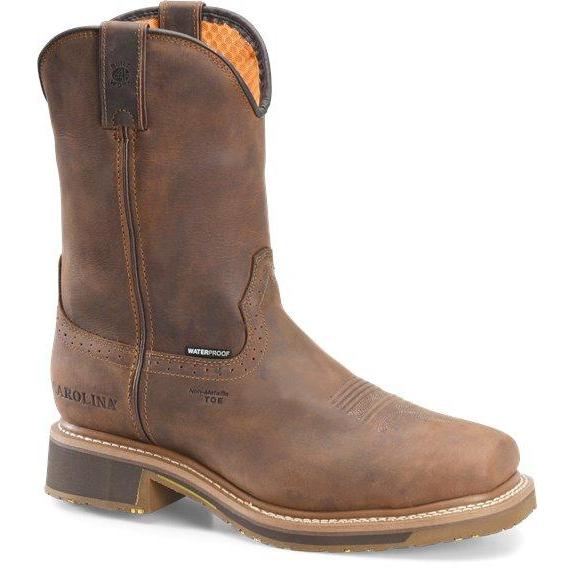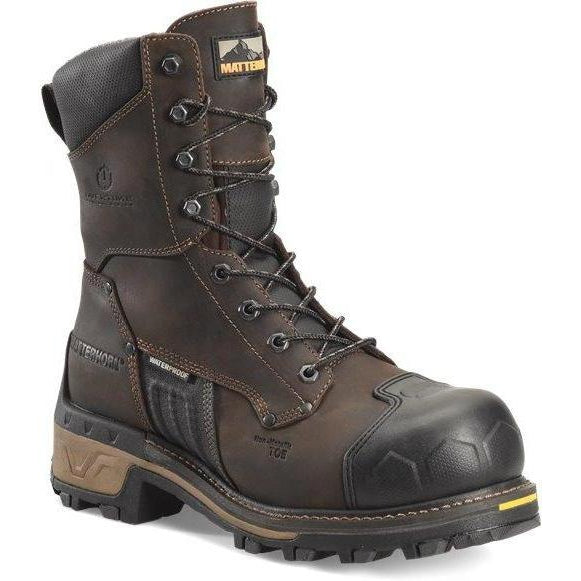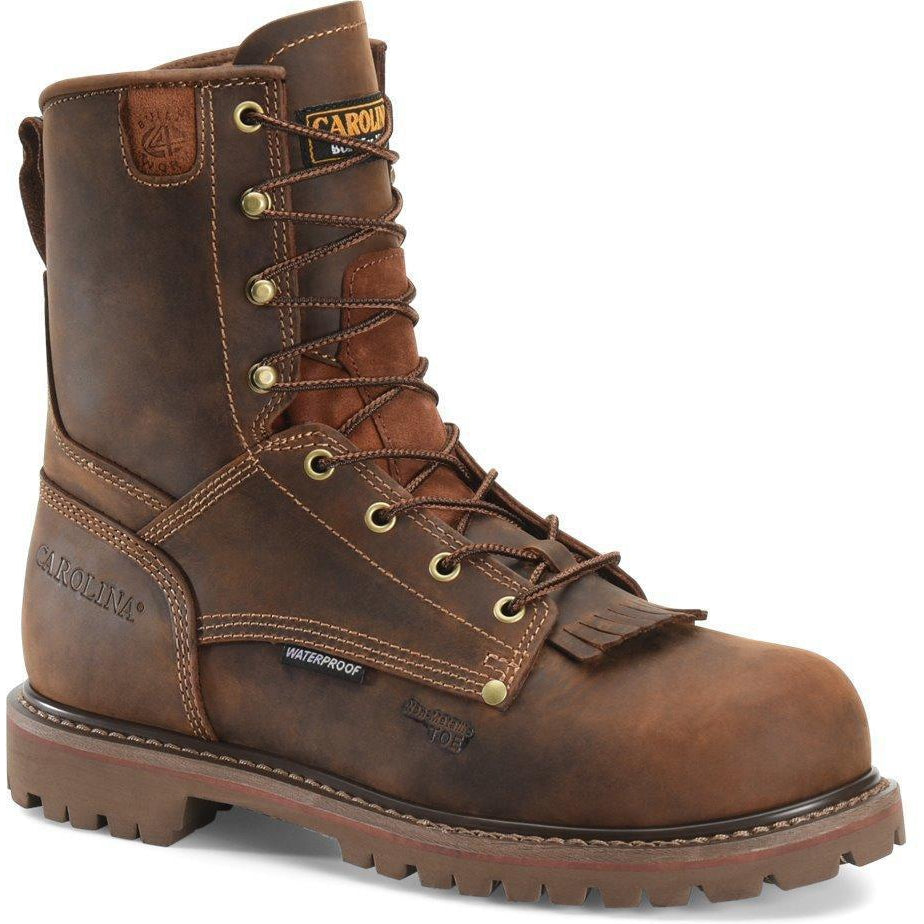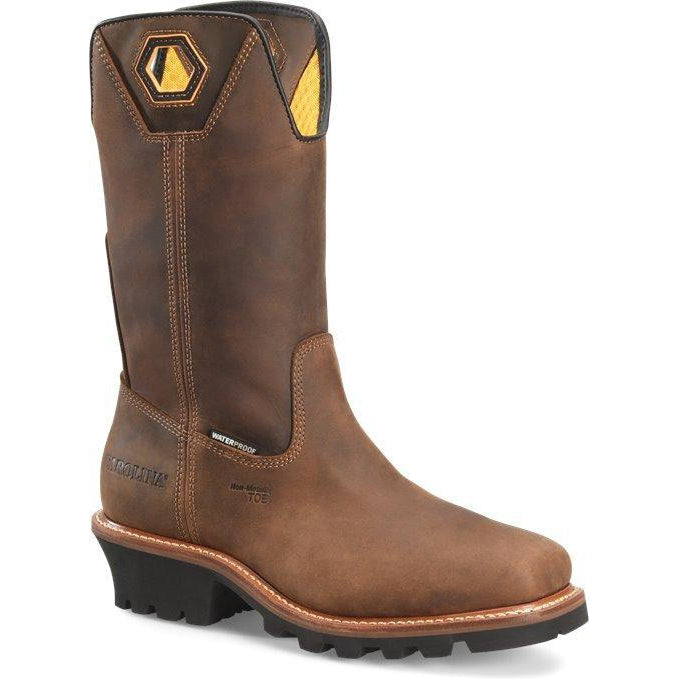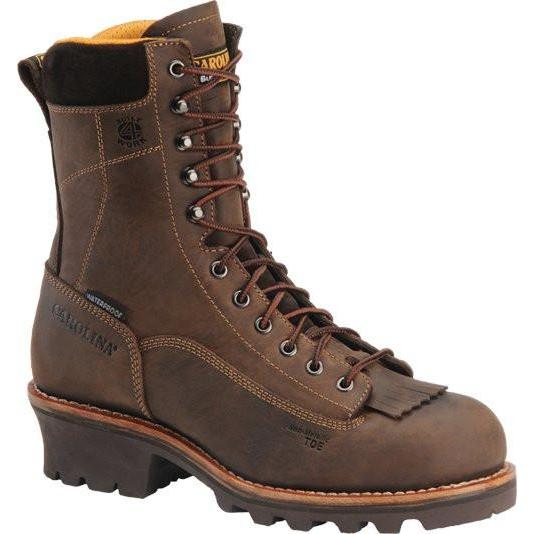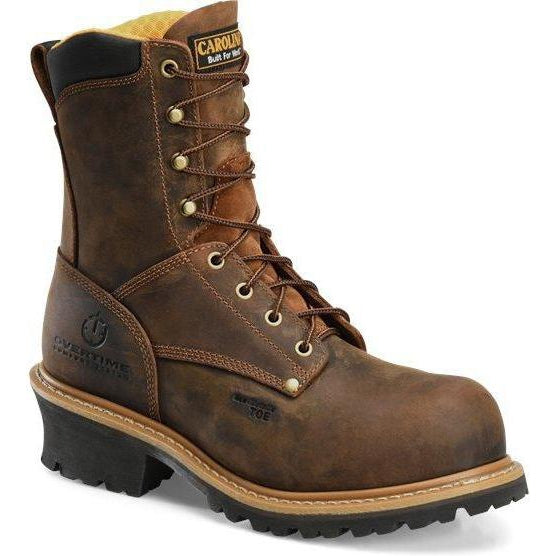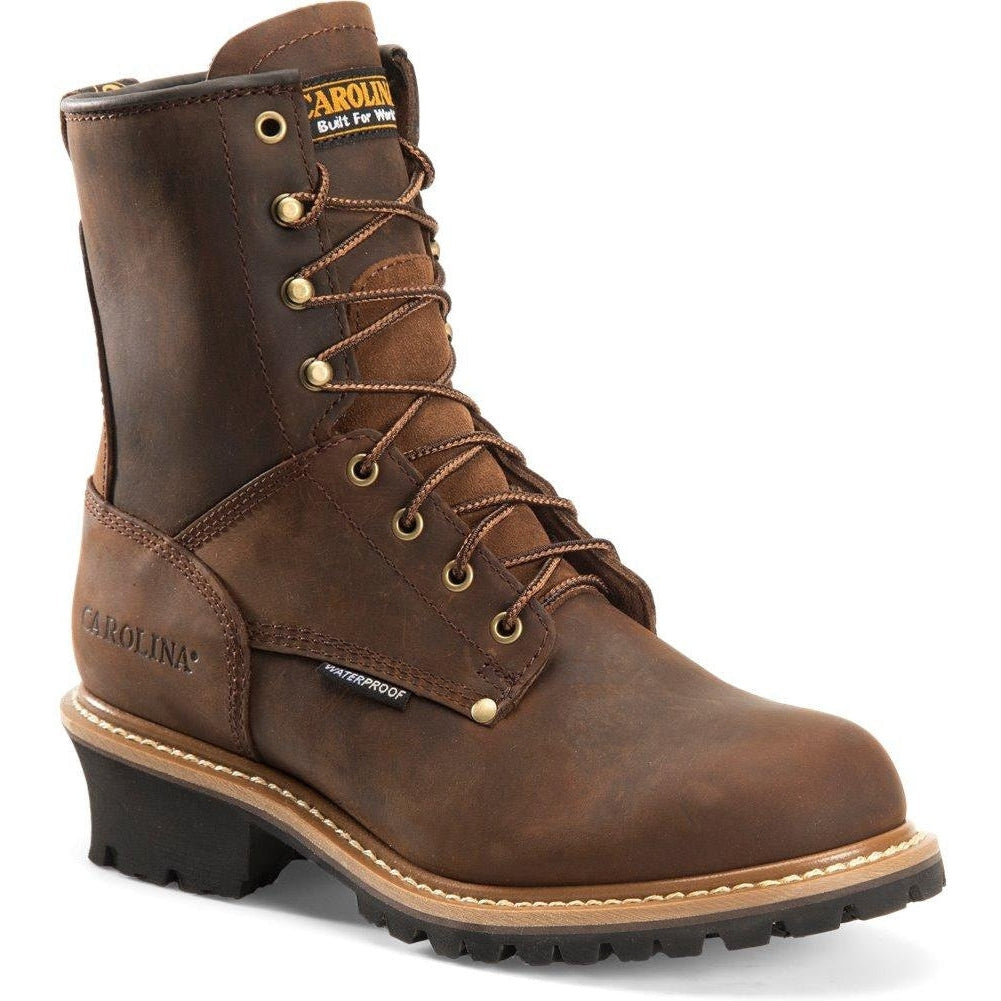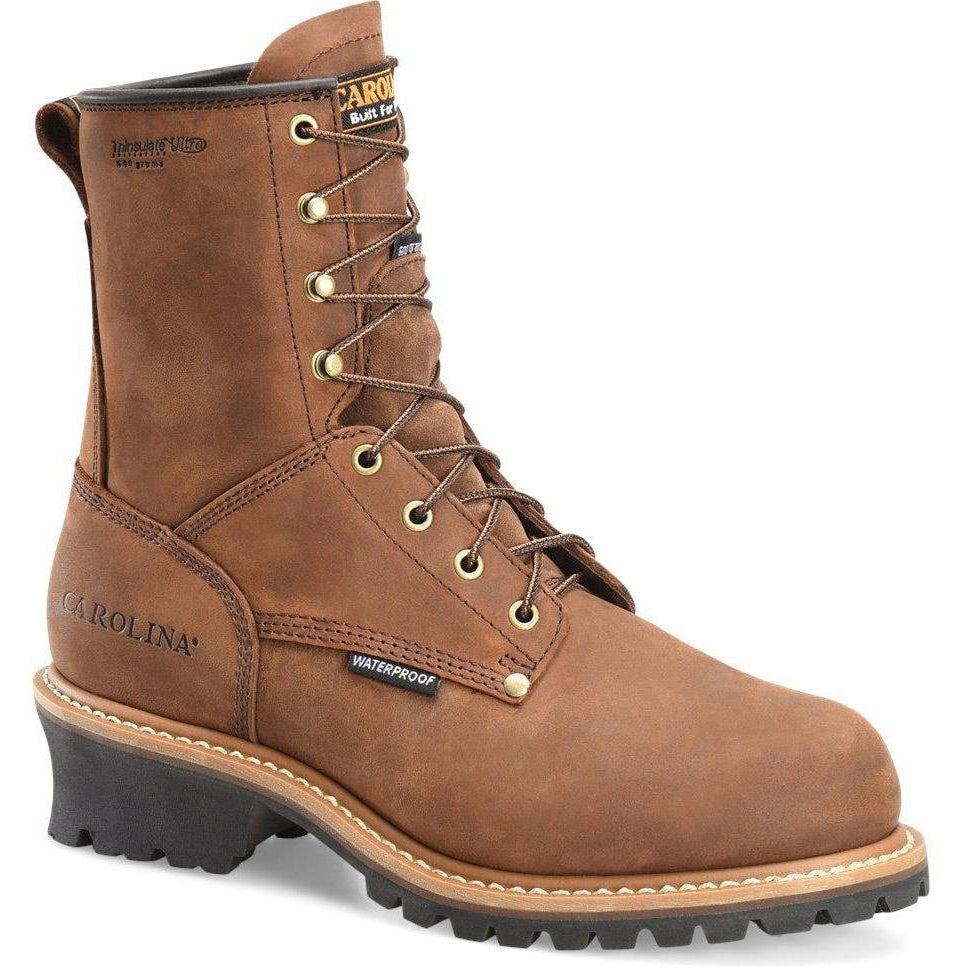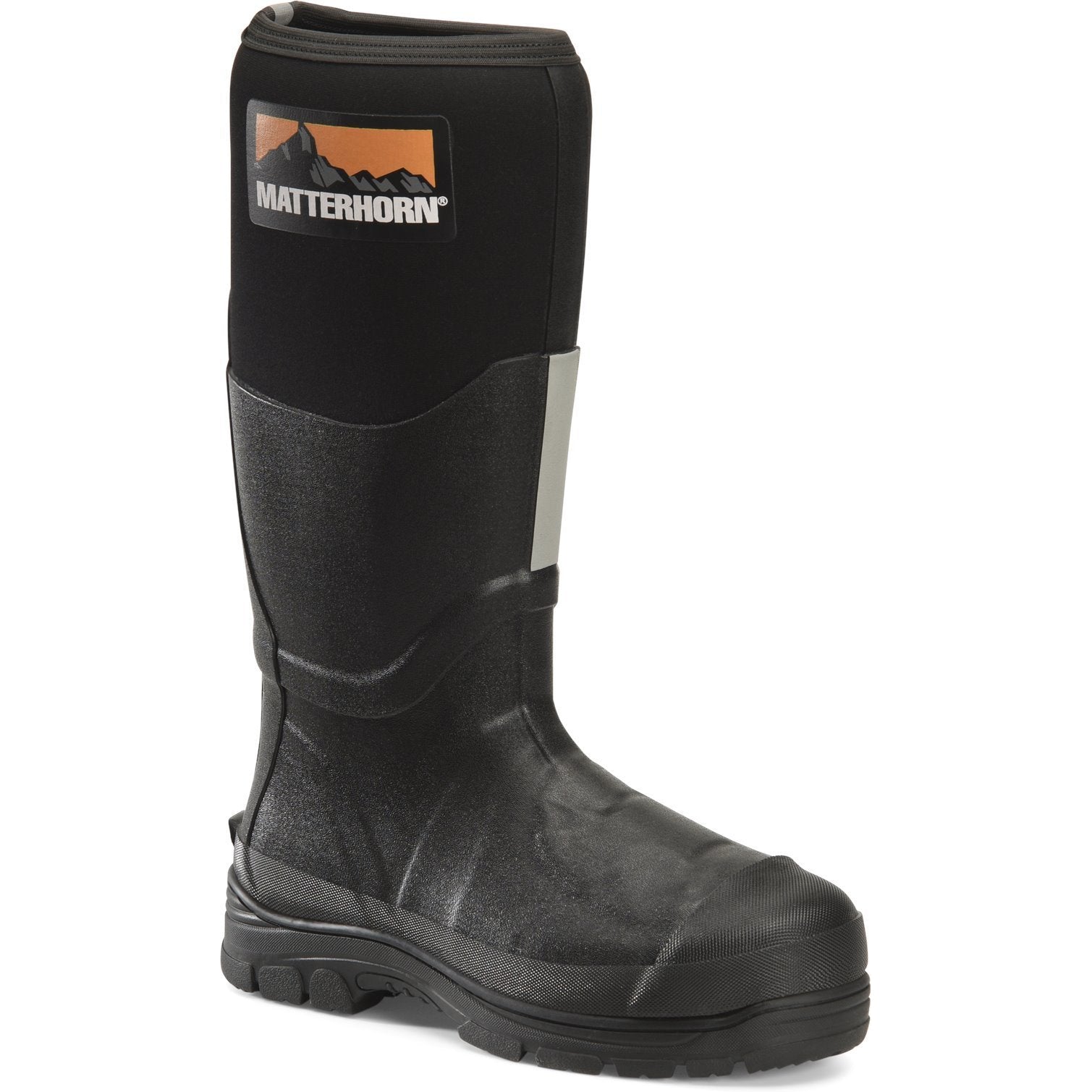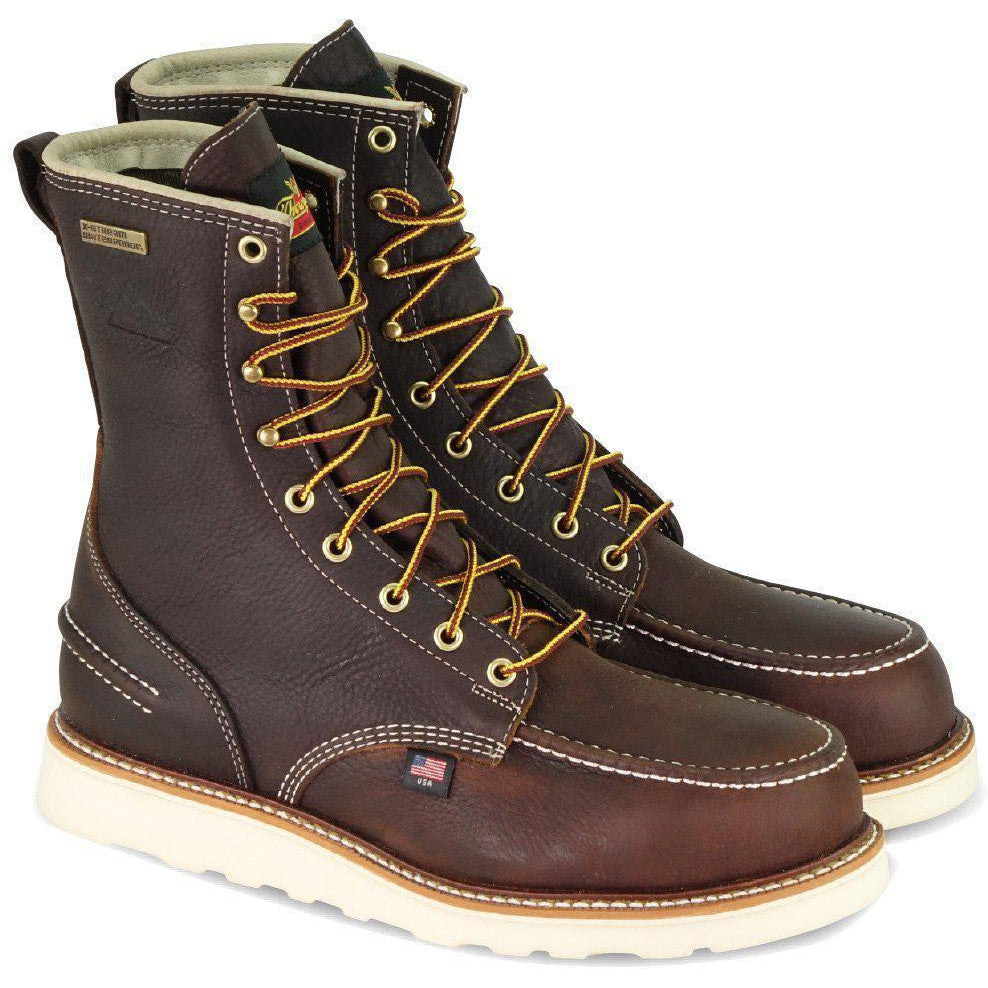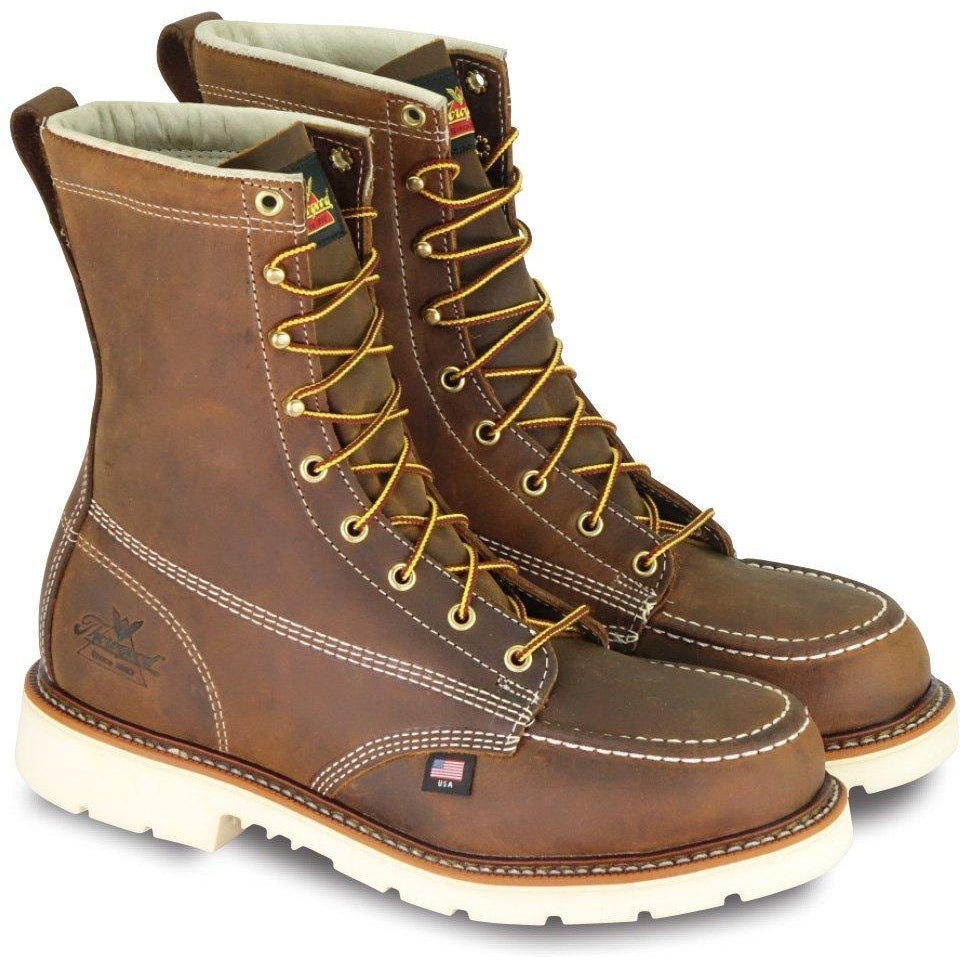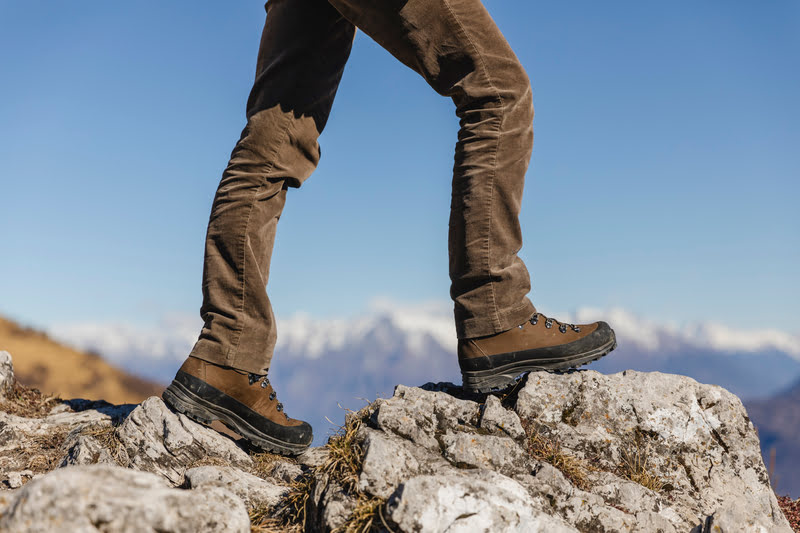In many worksites and facilities, safety-toe boots are necessary. According to OSHA (Occupational Safety and Health Administration), workers must wear protective footwear when working in places where a danger of foot injuries due to falling or rolling objects is present.
Steel-toe boots are a traditional choice. However, there are also non-metallic alternatives, such as composite-toe work boots. These feature protective toe caps made of carbon fiber, plastic, or other tough synthetic materials. But which one is better for you? Discover the differences between composite toe vs. steel toe, and make your choice.
Composite Toe vs. Steel Toe: Protection
Safety boots manufacturers test and rate their footwear according to ASTM standards. For footwear with safety toes, the relevant standards are:
- ASTM F2412 (standard test methods for foot protection): Impact and compression resistance is determined by the test methods spelled out in this standard, with impact testing looking at what happens when something heavy falls on the shoe, and compression testing looking at what happens when something heavy rolls onto the shoe.
- ASTM F2413 (standard specification for performance requirements for safety toe cap footwear): This standard specifies that the toe cap must be tested to resist impact and compression.
Since all protective-toe footwear must pass the same impact and compression test, in ASTM-compliant safety-toe footwear, the toe cap will deliver a sufficient level of protection regardless of the material they are made of.
ASTM-compliant safety footwear is marked with a code that indicates which hazards the boot has been tested for. Besides impact and compression testing, there are tests against punctures, electrical shock, and other hazards for different types of boots.
[prc-collections-carousel]
Composite Toe vs. Steel Toe: Comfort
Which one is more comfortable - steel toe or composite toe boot? Here, it all comes down to the weight of the footwear. That said, steel toes indeed are heavier than composite toes. But does the weight of the toe cap impact the overall weight of the boot that much?
The answer here seems to be ambivalent. While the weight of the toe cap is only a small portion of a boot’s total weight, workers who are on their feet all day may feel even this small difference contributing to fatigue. That said, comfort is subjective, and personal preferences also come into play when deciding which type of safety toe is right for you.
If you’re looking for the most comfortable work boots for standing all day, remember that it isn’t just about composite toe vs. steel toe, as many other factors impact the overall weight of the boot.
For example, according to ISHN (Industrial Safety & Hygiene News), much of a boot’s weight comes from the heavy-duty sole. The material of the boot’s upper and insulation can also add or reduce weight. That said, if you’re looking for footwear that offers lightweight protection, consider the boots that feature the latest advanced materials for their soles, uppers, and insulation, rather than just focusing on safety toes.
The most comfortable steel-toe work boots for women and men are the ones that feature quality insoles, reducing fatigue, and they are much more comfortable than substandard composite toe boots.
Good Fit Is Vital
A good fit is vital when it comes to comfort. The most comfortable boots are typically the ones that fit the best. That’s why it’s less a question of composite vs. steel toe and more about how a pair of boots accommodates your feet. Many workers who prefer lighter footwear often look for options similar to work shoes without steel toe, prioritizing flexibility as long as their hazard assessment allows it.
Work footwear that is too tight can lead to blisters, ingrown toenails, corns, and other ailments. That’s why it’s not a good idea to purchase tight safety-toe boots expecting they will break in, as the toe caps can’t stretch and accommodate the shape of your foot like leather can. Here are two tips for finding the most comfortable boots for you:
- Wear the same kind of socks that you wear on your job when trying on your new work boots.
- Try them in the evening because your feet tend to swell over the day. You want them to be at their largest when trying on a new pair.
Remember to consider the shape and size of the boot itself too because the toe cap material can make a significant difference. Most composite toes (except CarbonMax toe) must be somewhat thicker than steel toes to deliver a similar level of protection. However, this can make the boot seem larger and bulkier, changing how it feels.
Composite Toe vs. Steel Toe: Cold Weather
Cold weather calls for footwear that can handle extreme temperatures while keeping your feet warm. So, which is better for cold weather conditions - steel toe or composite toe?
If the boots aren’t insulated, the composite toe boots are a better choice because metal is an excellent thermal conductor, meaning that metal in the boot will allow the heat from your foot to escape, making your foot feel cold. On the other hand, composite toes are often made of plastic or other good thermal insulators that less readily transfer heat.
However, the most important thing when it comes to cold weather is insulation and waterproofness. That said, many steel-toe boots on the market are insulated and waterproof, making them a good choice for cold weather conditions, just like composite toe boots. In the end, it will all come down to your personal preference.
Safety Toe Boots and Metal Detectors
If you need to pass through a metal detector daily, steel-toe boots will set it off, making their composite counterparts a much better choice. However, not all composite toe shoes are metal-detector-friendly because they may feature a steel shank.
That said, if you must pass through a metal detector daily, you will need entirely non-metallic boots or shoes.

When To Choose Composite Toe Boots
In some cases, a composite toe boot is more appropriate than its steel-toe counterpart. A composite toe has many of the benefits of steel and fewer drawbacks.
As we mentioned, a composite toe is a better choice if you regularly pass through metal detectors. Moreover, they don’t conduct heat, cold, and electricity, meaning they are ideal if you work around sources of electricity, fire, and extreme weather conditions, whether hot or cold.
Although not much, composite toes are also lighter than steel toes. While a few ounces won’t make much difference over several minutes, over the day, the weight could add up, causing fatigue. That’s why many choose composite over steel-toe boots when it comes to comfort.
When to Choose Steel Toe Boots
[prc-collections-carousel]
Steel-toe boots will be required when you have a higher risk of injury to your feet and toes. Sometimes employers demand them, while in some cases, OSHA requires them. Anyhow, when they are needed, you should wear them.
For example, in warehousing jobs, heavy items are stored overhead and can severely damage your feet if they fall on them. In such workplaces, steel-toe boots are a much better option than composite ones. The same goes for jobs that involve heavy equipment.
The Steel Toe Work Boots Myth
A myth about steel-toe boots has been circulating for years. Many people believe that if something falls on the steel-toe work boots with sufficient force, the toe cap will bend back and cut the toes off of the feet.
However, this can’t be further from the truth, but it has caused many workers to jeopardize their safety by avoiding steel-toe boots when they should wear them.
For example, if you were wearing steel-toe work boots and your toes were run over by a bulldozer, the top of the toe cap can’t crimp backward in the way that the myth describes. That’s because steel toe caps are like half a hollow cylinder. What could happen, however, is the toe cap would flatten.
While your feet could end up injured, you might be able to recover in a matter of days. And that’s the purpose of safety footwear. You may not be able to escape the injury altogether, but you can avoid catastrophic injury.
This irrational fear has also influenced many people to choose composite toes over steel toes. While this can be perfectly acceptable in many applications, some jobs do require steel toes. Essentially, choosing the best work boots for men will depend on your occupation, circumstances, and personal preferences.
Get Your Perfect Pair of Safety-Toe Boots
After reading this article, you have a good idea about the differences and similarities between composite and steel toe caps. While composite-toe work boots may be better if you work in extreme weather conditions, around electric sources, or stand on your feet all day, they may not be the best choice for all professions.
Some jobs involve dangers that only steel can handle, so make sure to choose wisely when shopping for your new work boots. Consider your occupation, the working environment, and your preferences, but don't ignore the requirements. If your employer states that you must wear steel-toe safety boots, go for steel-toe work footwear. But if there are no specific requirements, choose as you will as only you know how you feel.
And if you want to get the best quality at discounted prices, make sure to browse our website. Options like a boot voucher can also help you save while getting top-quality boots from renowned brands that will last for years to come.
